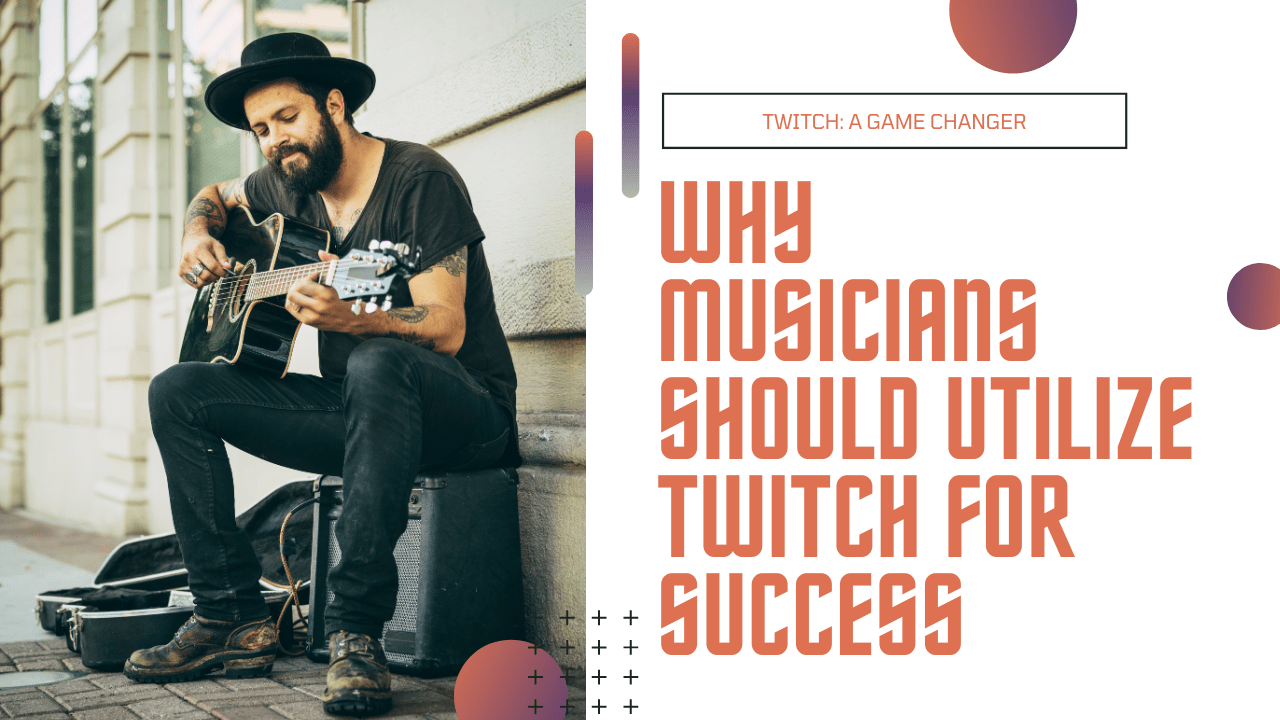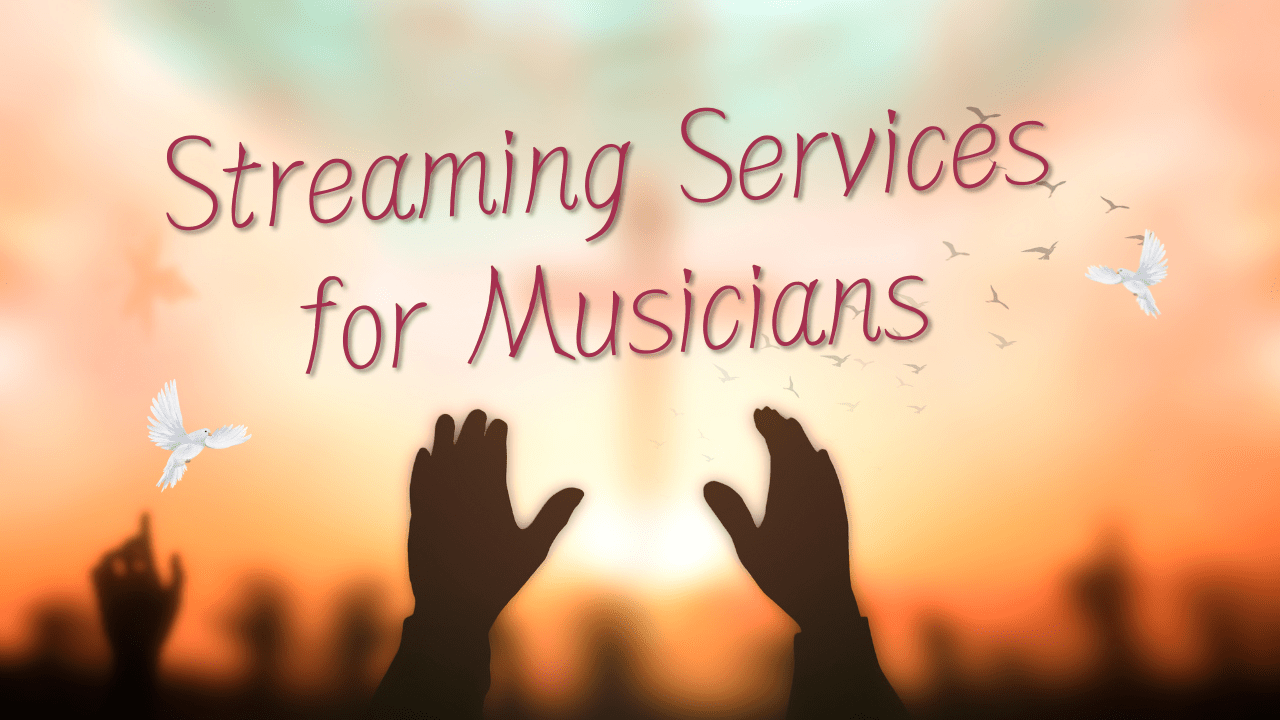Have you ever watched a movie or played a video game and found yourself humming the music later? That’s the power of an OST. The full form of OST is Original Soundtrack. It’s a fancy name for all the music and songs made for a movie, TV show, video game, or even a drama.
But OSTs are not just random tunes. They are created to match the emotions of the story and help you feel what the characters are going through. Let’s dive into what OSTs are, why they matter, and how they make our favorite entertainment more memorable.
What is an OST (Original Soundtrack)?
An OST is a collection of music specifically made for a piece of entertainment like a movie or a TV show. This music can include:
- Songs with lyrics: These are often catchy and stay in your mind for days.
- Instrumental scores: These are background tunes, like a soft piano during a sad scene or an exciting drumbeat in a fight scene.
- Special effects or ambient sounds: These add realism to the scenes, like thunder or wind sounds.
OSTs are often released as albums so fans can listen to them even after watching the movie or show. Think of it as a memory from the entertainment you loved.
Why Are OSTs So Important?
You might wonder, “Why do we need music in movies or games?” The truth is, music adds a lot of magic to storytelling. Here’s why OSTs are super important:
- They Make You Feel Something: Imagine a scary scene in a movie. Without the creepy music in the background, it wouldn’t feel as intense, right? That’s how OSTs help create emotions.
- They Make the Story Memorable: Some soundtracks, like the theme of “Harry Potter” or “Star Wars,” are so iconic that you recognize them instantly.
- They Bring People Closer: OSTs often become a way for fans to connect. Singing your favorite song from a movie with your friends is a joyful experience!
- They Add to the Success of the Entertainment: A good OST can become famous on its own, making more people interested in the movie, game, or show it came from.
A Short History of OSTs
Long ago, when movies were silent, theaters used live musicians to play along with the film to add emotions. Then, in the 1930s, movies started including recorded music, and the concept of the OST was born.
Here’s a fun fact: The first official OST album released was for Disney’s “Snow White and the Seven Dwarfs” in 1937! Since then, OSTs have grown to become a huge part of the entertainment industry.
OSTs in Movies, Games, and Shows
OSTs are everywhere, and they play a unique role in each type of entertainment:
1. Movies:
Movies use OSTs to enhance every moment. For example:
- In romantic scenes, soft, loving music makes you feel the connection between the characters.
- In action-packed scenes, loud and exciting music makes your heart race.
Famous movie OSTs include “Titanic” and its unforgettable song “My Heart Will Go On.”
2. TV Shows:
TV series like “Stranger Things” use OSTs to create nostalgia. Their music often brings back memories of earlier times.
3. Video Games:
Games like “The Legend of Zelda” use OSTs to create an immersive world. Music in games changes based on the player’s actions, making the experience even more engaging.
4. Dramas:
In Korean dramas (K-dramas), OSTs are often soulful songs that make emotional scenes even more heart-touching.
How Do OSTs Make Us Feel?
The magic of an OST lies in how it makes us feel things we might not even notice. For example:
- Sad scenes: The music might be slow and soft, making your heart ache.
- Exciting scenes: The music speeds up, making you feel thrilled.
- Peaceful scenes: Calm and soothing sounds make you relax.
Music can sometimes say things that words cannot. That’s why OSTs are so powerful—they connect directly to our emotions.
How Are OSTs Made?
Creating an OST takes teamwork and creativity. Here’s how it works:
- Understanding the Story: Composers meet with directors to understand the story and decide what kind of music will suit it.
- Writing the Music: They then create tunes to match the scenes—happy, sad, scary, or thrilling.
- Recording: Musicians and singers record the music in studios.
- Editing and Syncing: The final step is to edit the music and fit it perfectly with the visuals.
Famous OSTs Around the World
- “Frozen” (Disney): The song “Let It Go” became a global hit and made the movie even more popular.
- “The Lion King” (Disney): Songs like “Hakuna Matata” bring joy and remind us of the story.
- “The Witcher” (Video Game): The haunting music adds depth to the magical world of the game.
- “Game of Thrones” (TV Show): The theme music is now a pop culture phenomenon.
Fun Facts About OSTs
- Did you know the theme song of “James Bond” has been used in every movie since 1962?
- Video game OSTs like “Super Mario Bros.” are performed live in concerts!
- The full form of OST is so widely used in Korea and Japan that many people there think of OSTs as their own genre of music.
OSTs in the Digital Age
Thanks to platforms like Spotify, YouTube, and Apple Music, you can now enjoy OSTs anytime, anywhere. Streaming services make it easier for fans to explore and appreciate the music from their favorite movies, games, or shows.
How to Enjoy an OST More?
- Listen Without Watching: Play the music and imagine the scenes. It’s a fun way to relive the movie or show.
- Learn the Lyrics: Sing along to your favorite OST songs. It’s a great way to enjoy the music more deeply.
- Share with Friends: Create playlists of your favorite OSTs and share them with your friends.
The Future of OSTs
With virtual reality and AI becoming popular, the future of OSTs could be even more exciting. Imagine music that changes based on what you feel or do in a virtual world!(ost full form)
Conclusion: Why OSTs Will Always Be Special
The full form of OST, Original Soundtrack, might sound simple, but its role in entertainment is huge. It makes stories come alive, connects people, and stays with us long after the screen turns off.
Next time you watch a movie, play a game, or binge a show, take a moment to appreciate the music. It’s not just background noise—it’s the heart of the experience.
Related Articles:
For further reading, explore these related articles:
- How to Become a Successful Music Artist in India in 2024?
- Promo Cards on Spotify: A Game Changer for Artists
- Understanding ISRC Codes and Their Importance in Tracking and Distributing Your Music
For additional resources on music marketing and distribution, visit Deliver My Tune.





















Leave a Reply